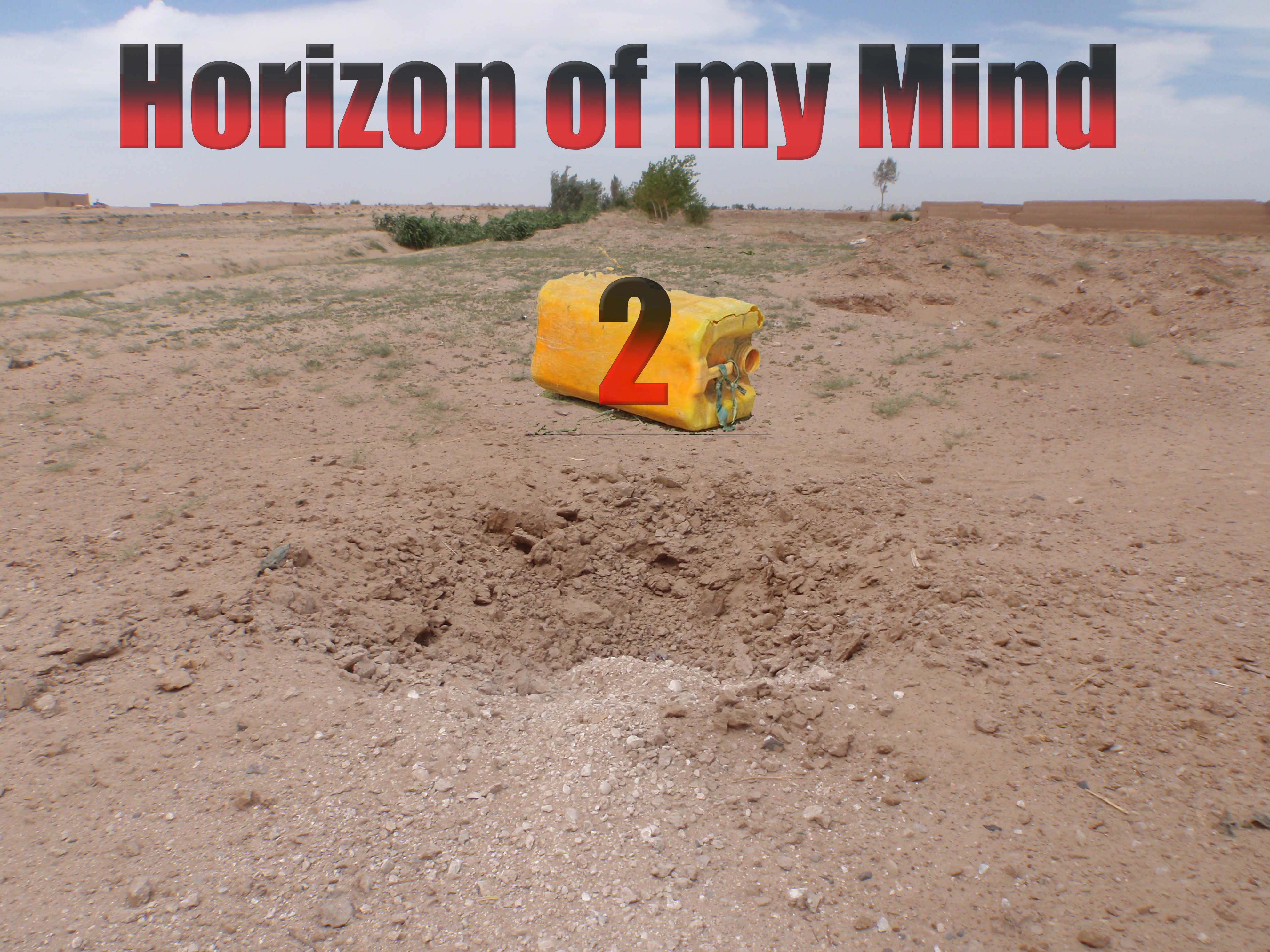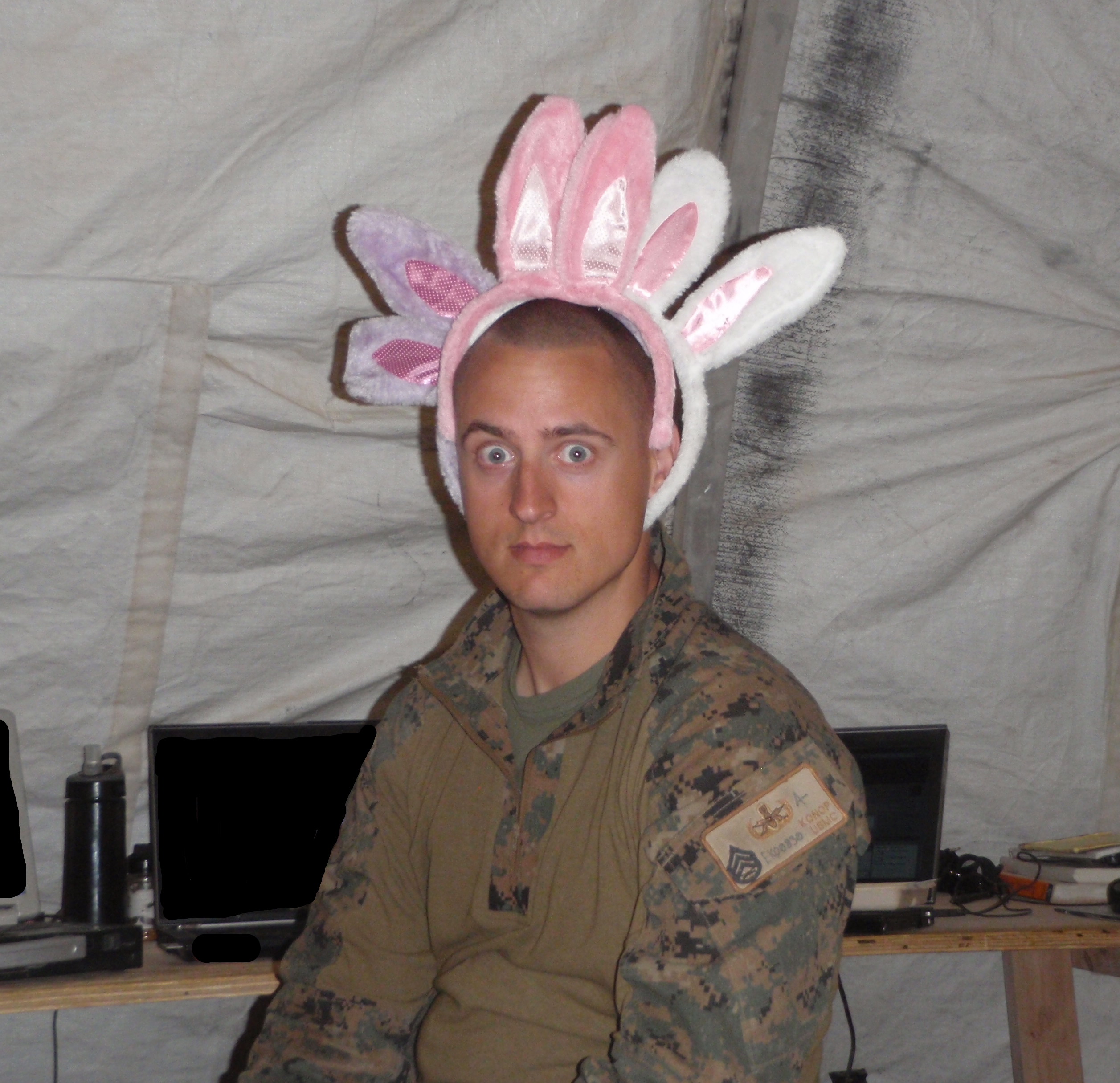
The Mission
We were to retake an abandoned compound once used by the Marines, Afghan Army and Afghan Local Police. After convoying to the location, the Marines set up a security perimeter and everyone conduced 5s and 25s, clearing their immediate area of explosive threats. The Combat Engineers (CE), brought in from the Battalion position, and W Co’s dog handler (LCpl Rhode) made the initial entry toward the compound. The reason I mentioned the CE Marines were from Bn is to highlight their inexperience outside the wire. They had little to no operational time outside the relative safety of the larger Forward Operating Base (FOB), and it showed.
They made a beeline from the trucks toward the opening in the compound wall. Crossing from an open desert area through a shallow, dry, irrigation ditch into unused farm fields surrounding the compound. They followed the lead Marine, single file, through the ditch in an area that had been trafficked by civilian vehicles at some time in the past. The fast pace of their forward movement and the speed at which their collapsible metal detectors swung left to right and back guaranteed they were not going to detect the low-metallic, carbon rod pressure switch they were only inches from.
The dog handler was a young infantry Marine who had received a couple dozen hours of extra training on how to command his assigned dog. The dogs were poorly trained from the get-go and the Marines who handled them weren’t much better trained in handling them. The dog took off to the left without command and the handler managed to get the dog to heal after some effort. The dog then ran to the right, again without command to do so. His handler stepped right to turn towards the dog and deliver the command to heal. It was his last step.
As I watched all of this unfold over a very short period of time, I became irritated at the technique and formation the CE Marines were using; who the hell trained these guys? They suck. I was standing outside of a vehicle talking to the senior Marine on the mission, an infantry Gunnery Sergeant. He and I quickly agreed that the CE Marines needed to come back and start over with a better plan and some coaching on their metal detector use.
Just as I was going to yell to them to slow down, turn around and come back, the dog handler’s right step put him square onto the low-metallic carbon rod pressure switch. 20 pounds of crude explosives offset 4-5 feet to his left detonated, throwing the Marine into the air. The shockwave wave from the device hit while I stood in sheer terror, disbelief and amazement as I watched Rhode’s body fly across the horizon in front of me. The force tore his legs from his torso at the hip sockets. His torso went about 40 yards, his legs 70, and his rifle over 100.
Training and instinct kicked in; the Gunny barked orders at his Marines and they went into individual actions, establishing a Helicopter Landing Zone (HLZ) and adjusting their security posture. I waved at my team member to come down from our truck and I started clearing a path to the Marine’s torso. As I moved towards the Marine, I was conducting visual searches and spot-checking areas of concern with my metal detector; he needed aid NOW and we had no time to delay, the risk was worth it. As I moved, I marking the ground by dragging the toe of my right boot as I went to leave a trail for those who would follow me. Two Marines, a corpsman and the GySgt were quickly behind me with an unfolded litter. I began shouting to the Marine, “Hey, can you hear me? Can you move?” I asked the Marines behind me what his name was. They told me and I began shouting “Rhode, RHODE, show me something man” hoping for a small sign of life; there was none.
Once I was on top of him, I checked for a pulse; there was none. His face was expressionless, eyes and mouth closed. I don’t remember having an emotional reaction, I was too task driven and numb to feel anything or let myself process my thoughts about what happened. The Marines with the litter began picking up Rhode’s torso and his personal equipment strewn about the immediate area.
I scanned the area and located his legs 20-30 yards away. I looked to the Marines with me to move towards the legs. The empty faces of disbelief that looked back at me told me all I needed to know; they weren’t taking another step. I slung my rifle behind my back and swept my way toward the closest leg. I had an awkward time picking up his legs and carrying them back, one at a time, to the litter. There wasn’t anywhere to get a good grip, they were heavy, unbalanced and I’m wearing over 50 pounds of body armor and tools. The knee joint flexed, adding to the difficulty and providing none of the leverage needed.
After wrestling with both legs and getting them on the litter the Marines moved the remains to the HLZ to await helicopter transport. The GySgt and I conducted a wider sweep of the area looking for Rhode’s rifle and Night Vision Device (NVD). As we searched, we began taking machine gun fire from the south…
Continued in PART 3>

Chase is a disciple of Christ, a husband, a father, a U.S. Marine EOD guy who questions everything earthly and doesn’t know what the easy way is. He is an amateur woodworker and novice writer struggling to cope and move past a career of hurt and pain. Cut this guy some slack, because God knows he doesn’t give himself enough.
These Veteran stories of struggle, adventure, and post traumatic growth need to be heard!
Join the cause to de-stigmatize mental health issues.
Please SUBSCRIBE, share our website with friends / co-workers, and support us by donation or at the STORE.
Tony Brewer
April 14, 2022 08:51Dang you… Cmon part III!